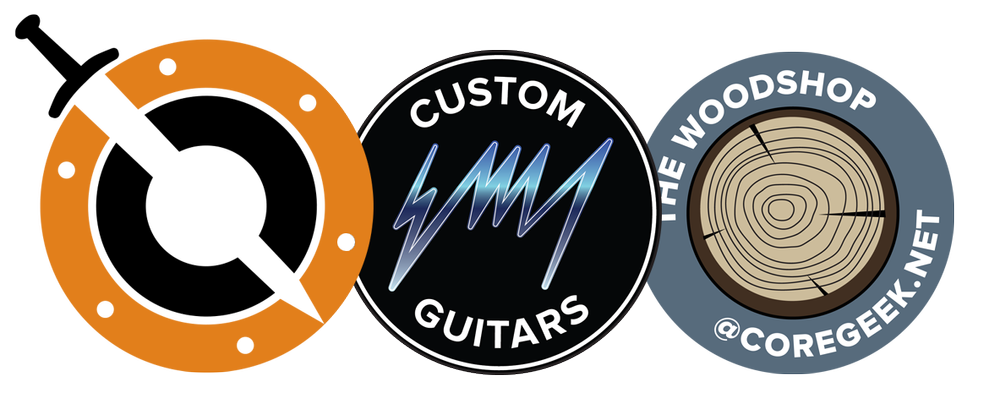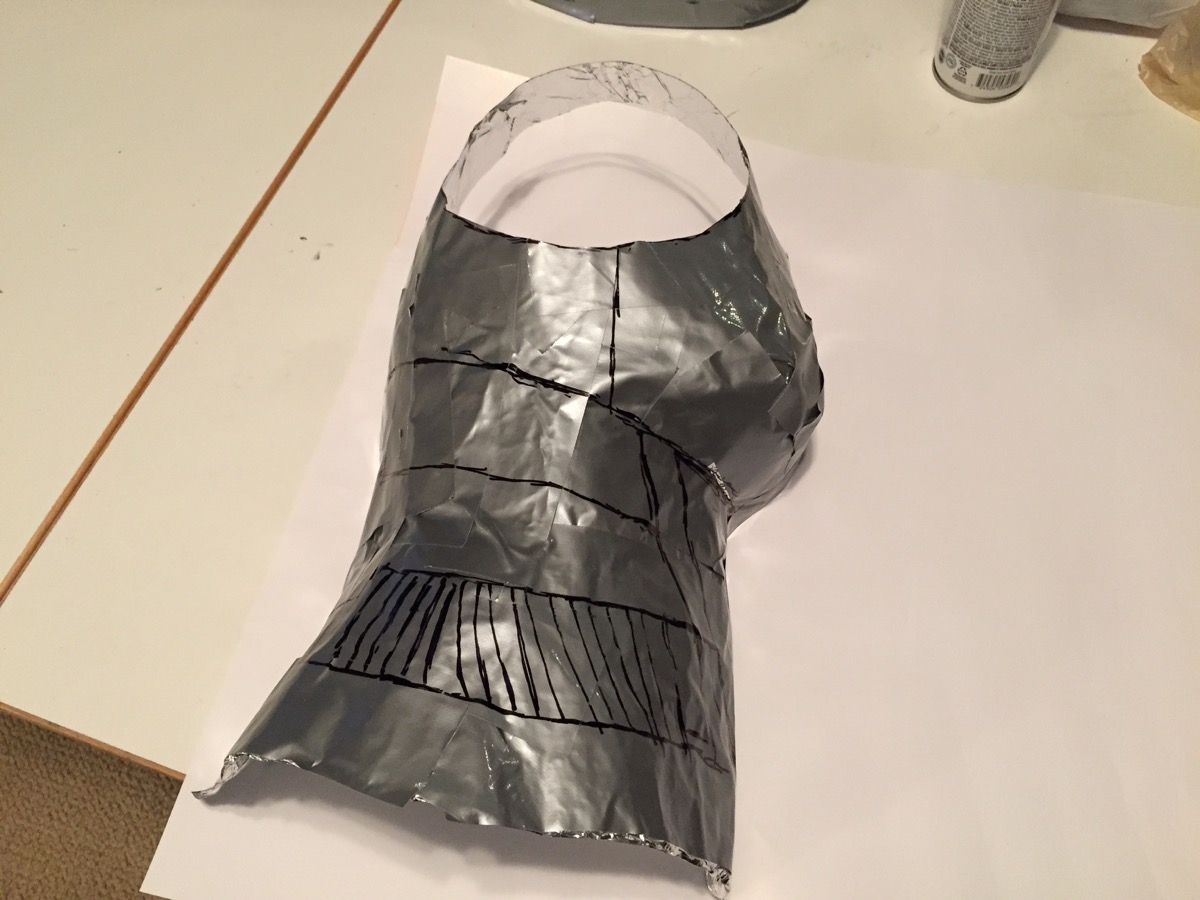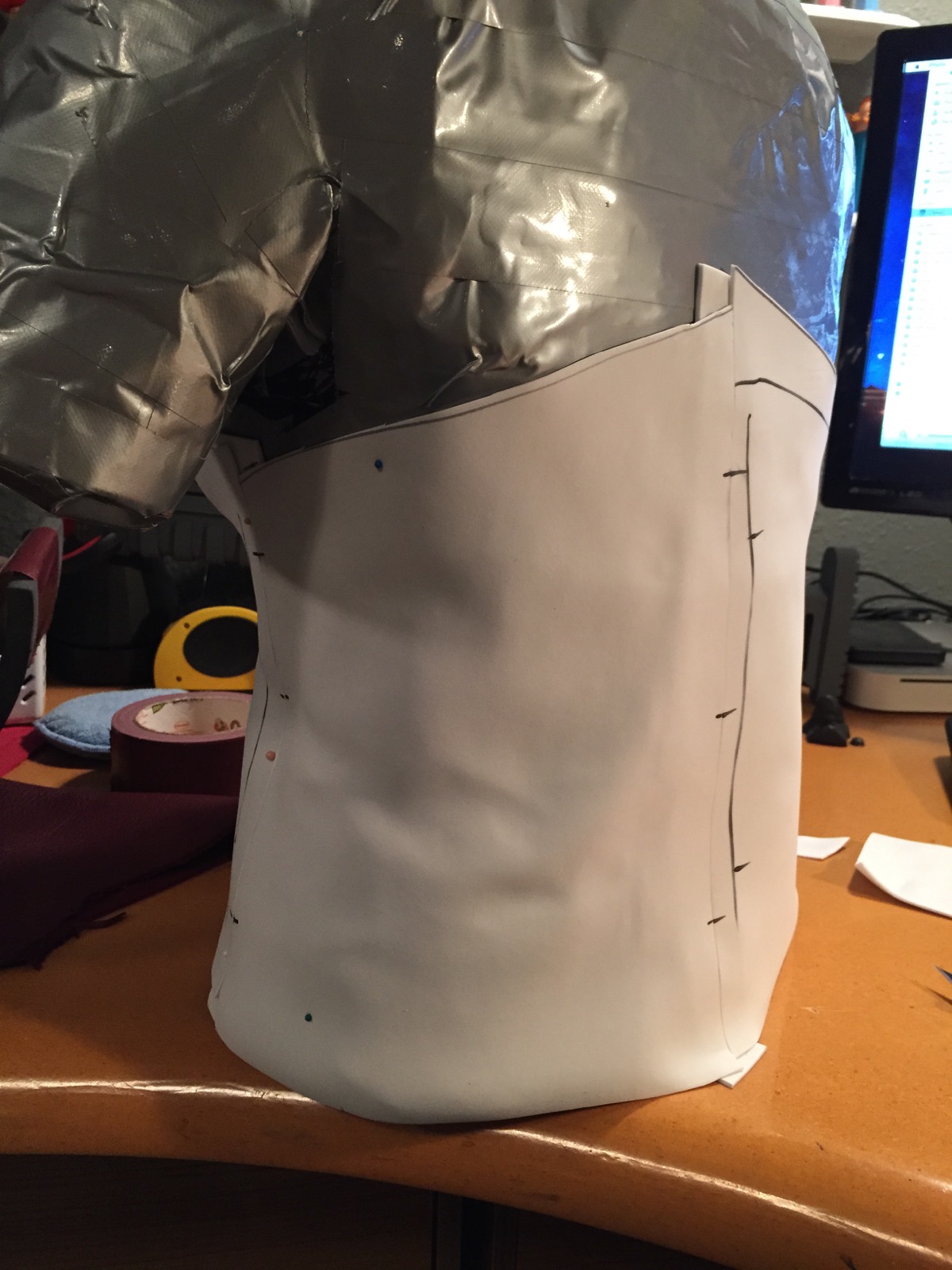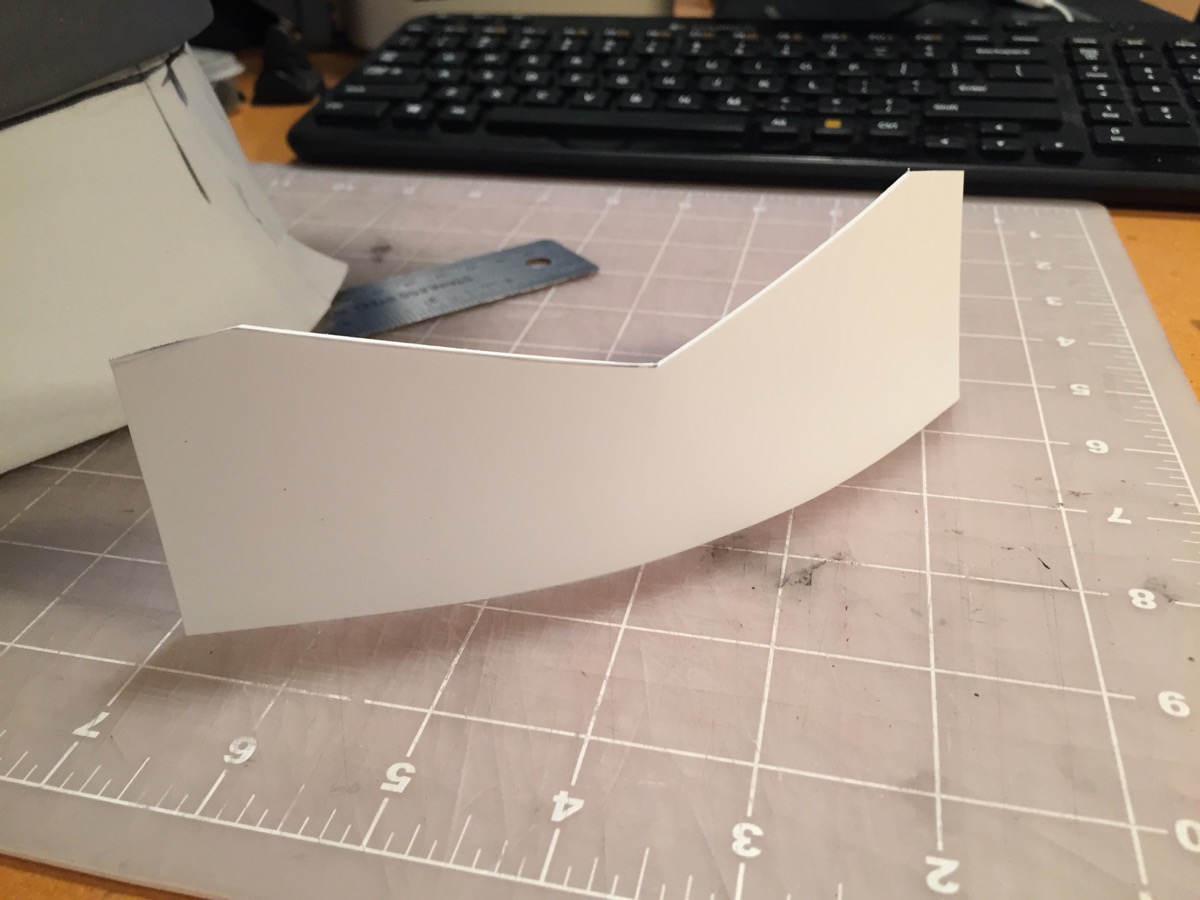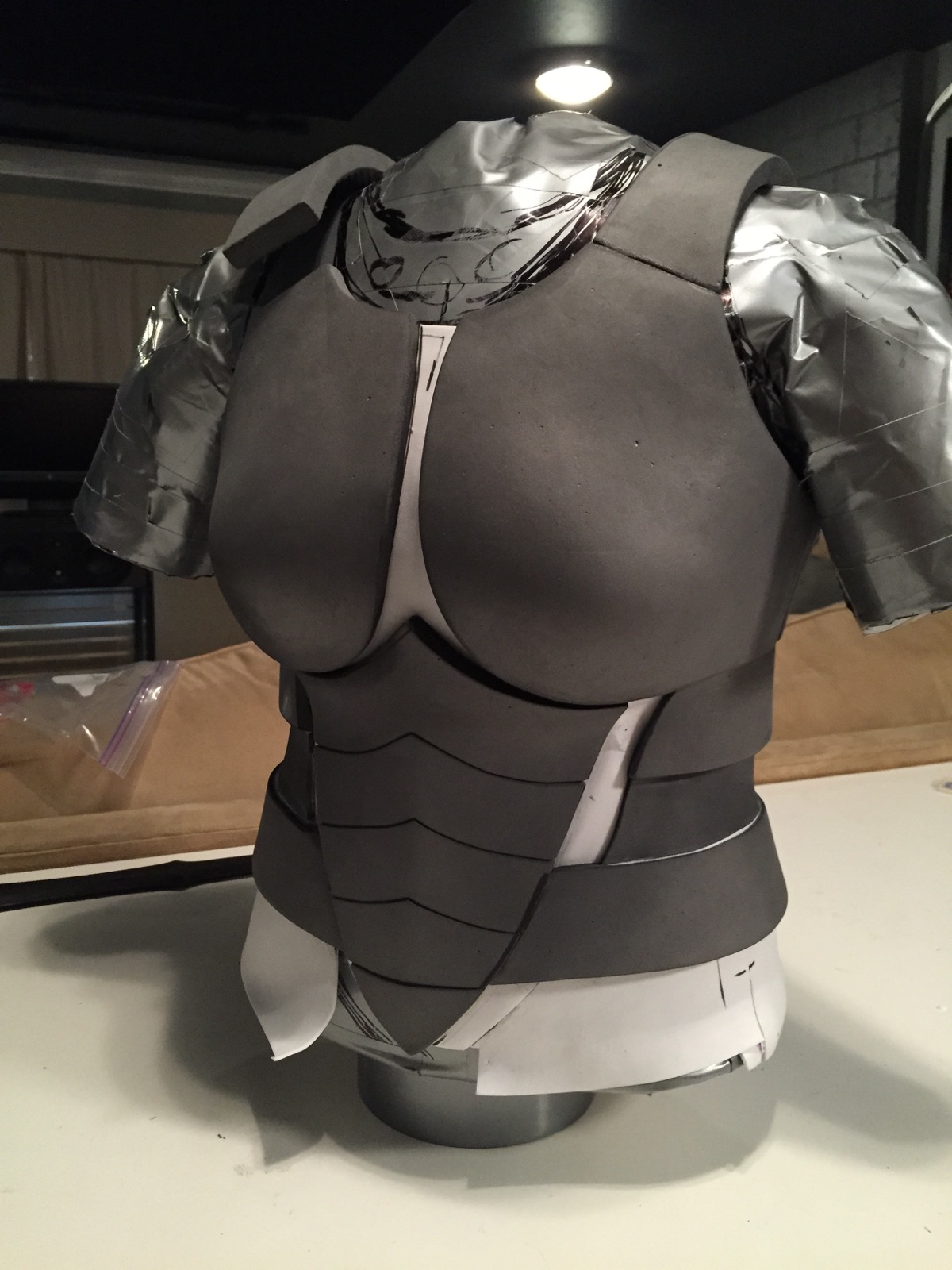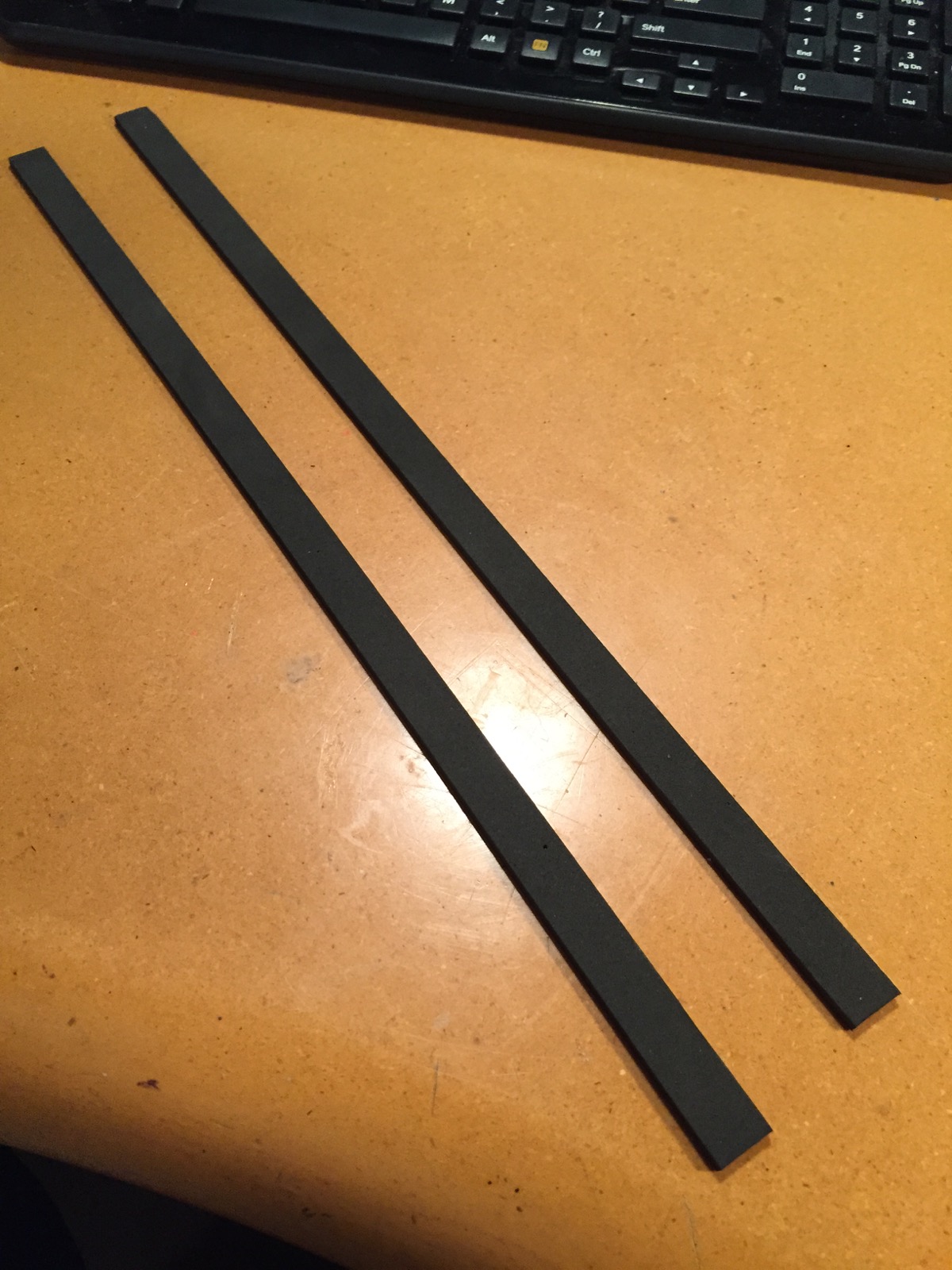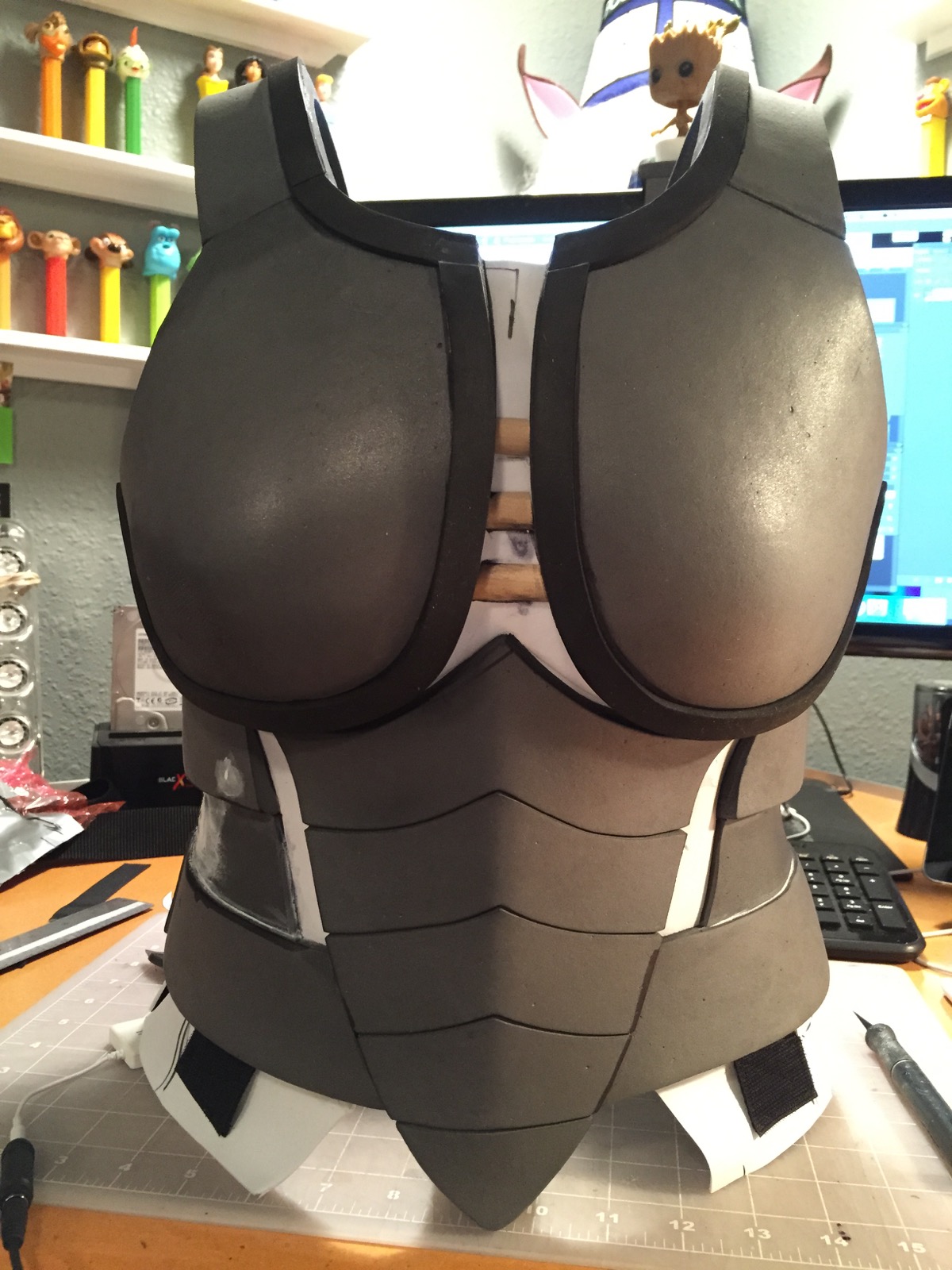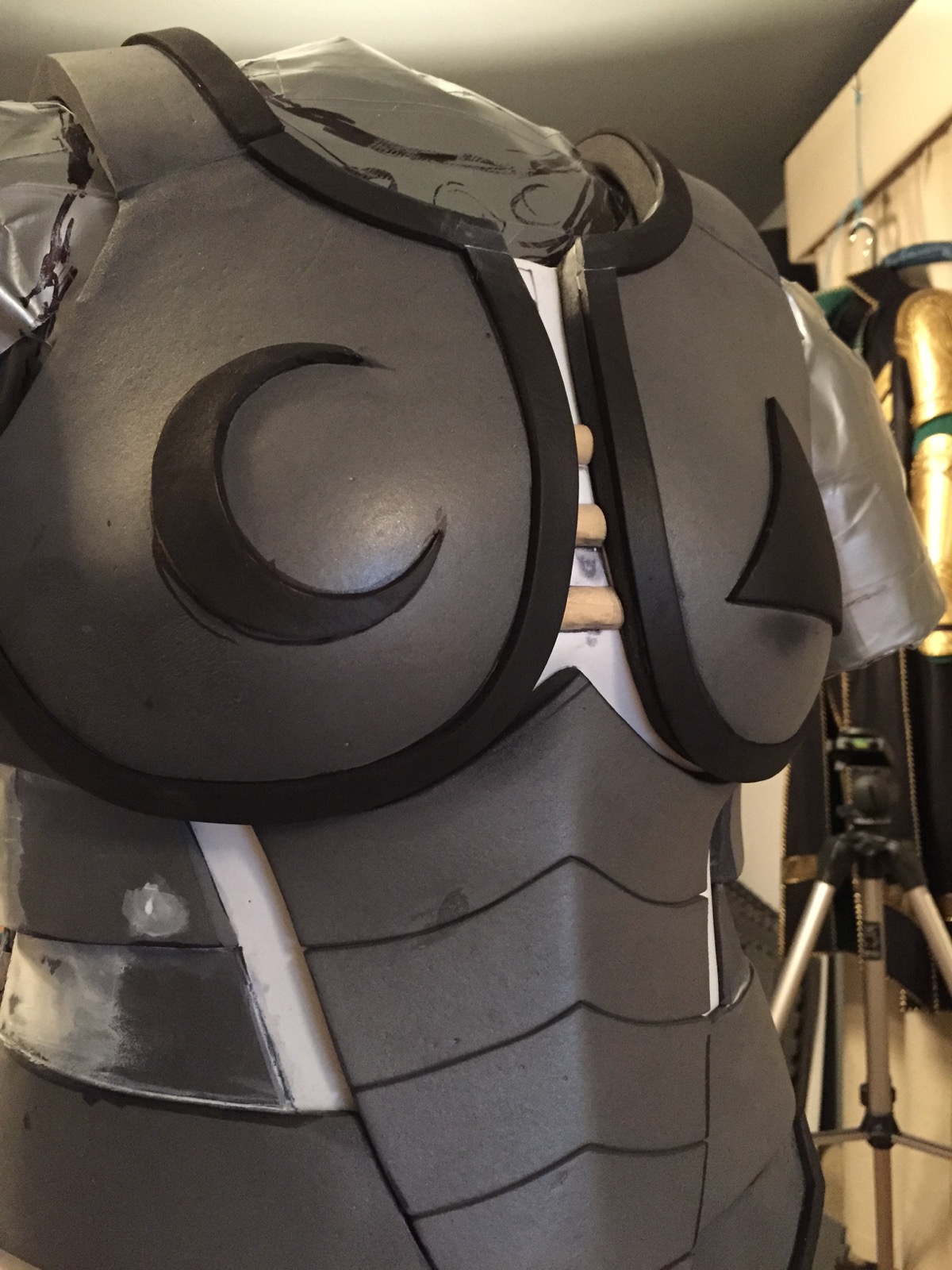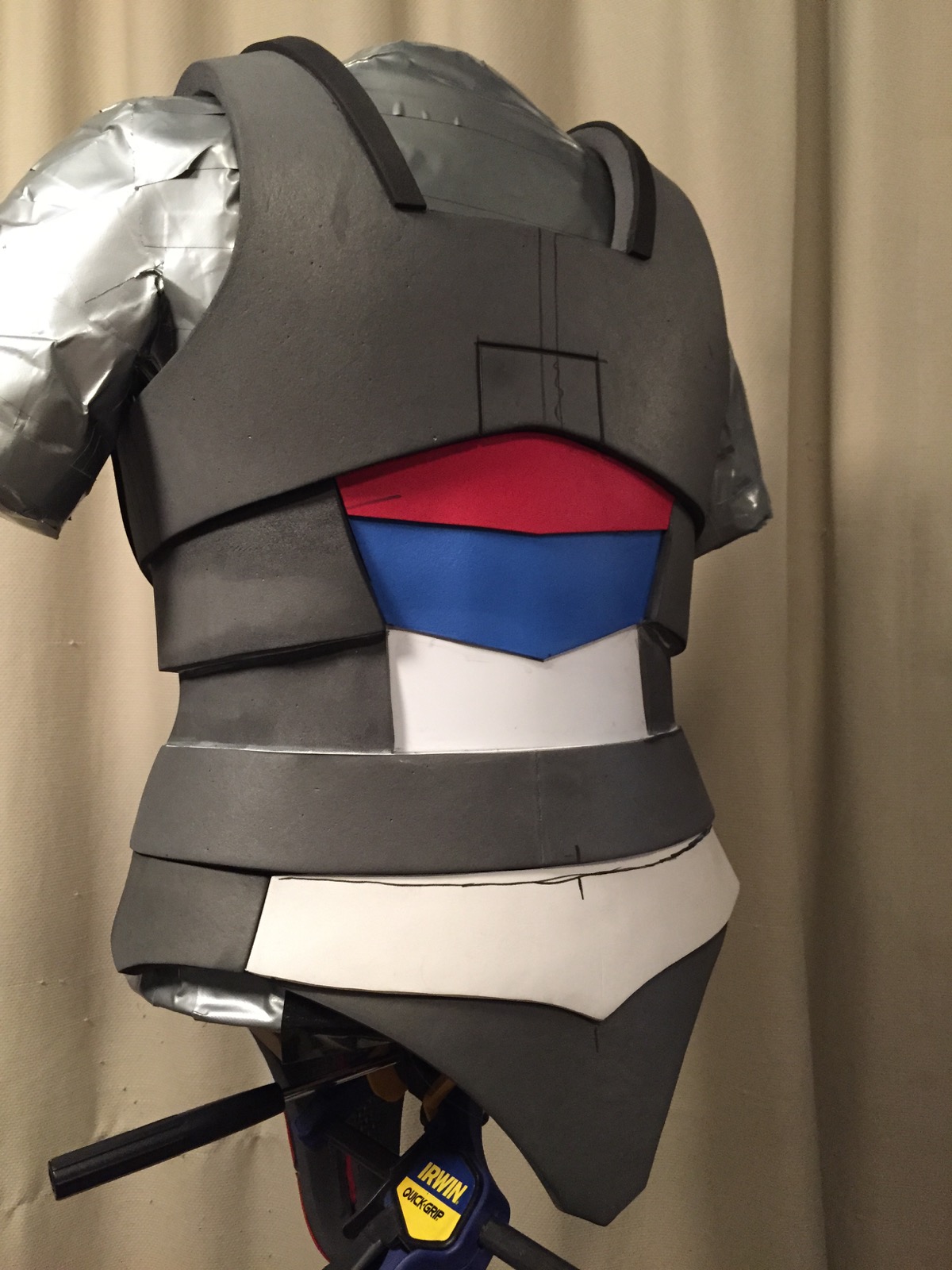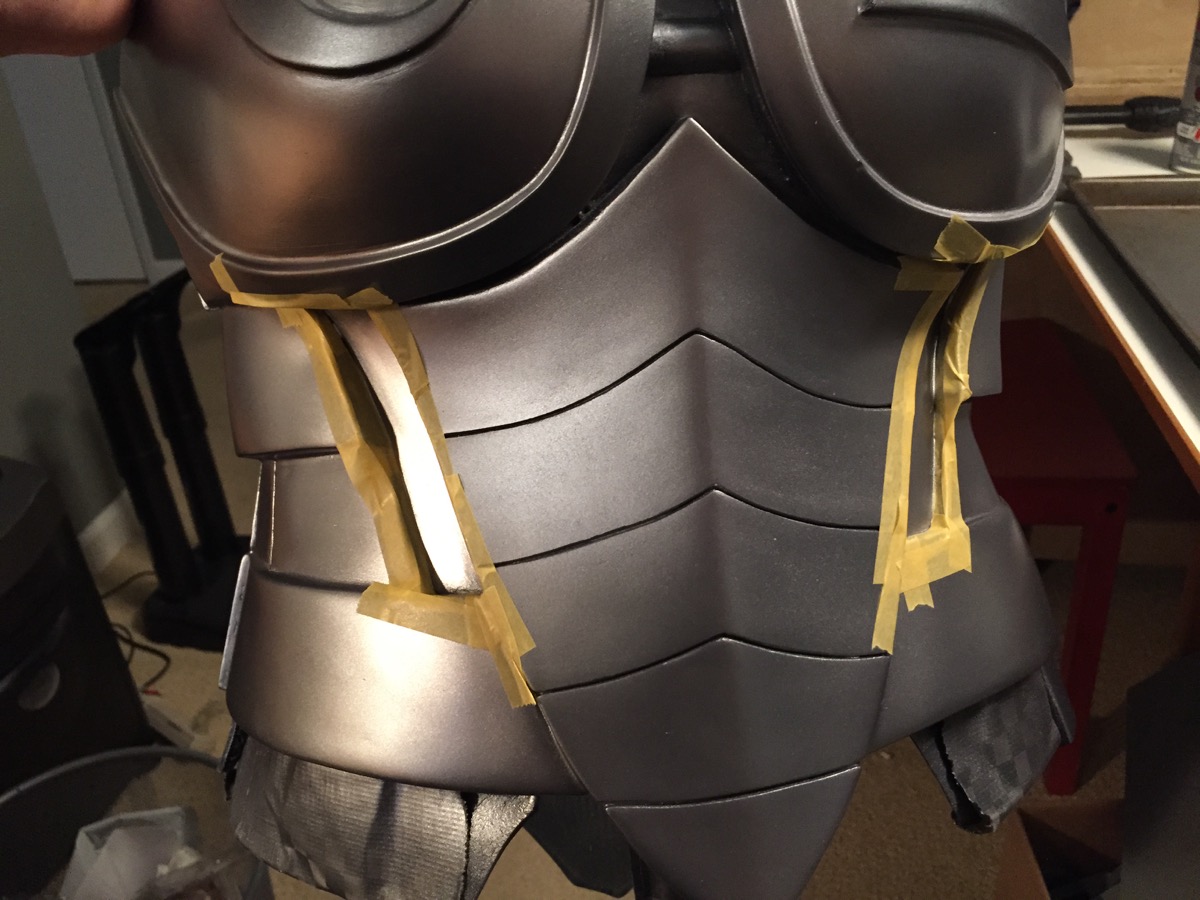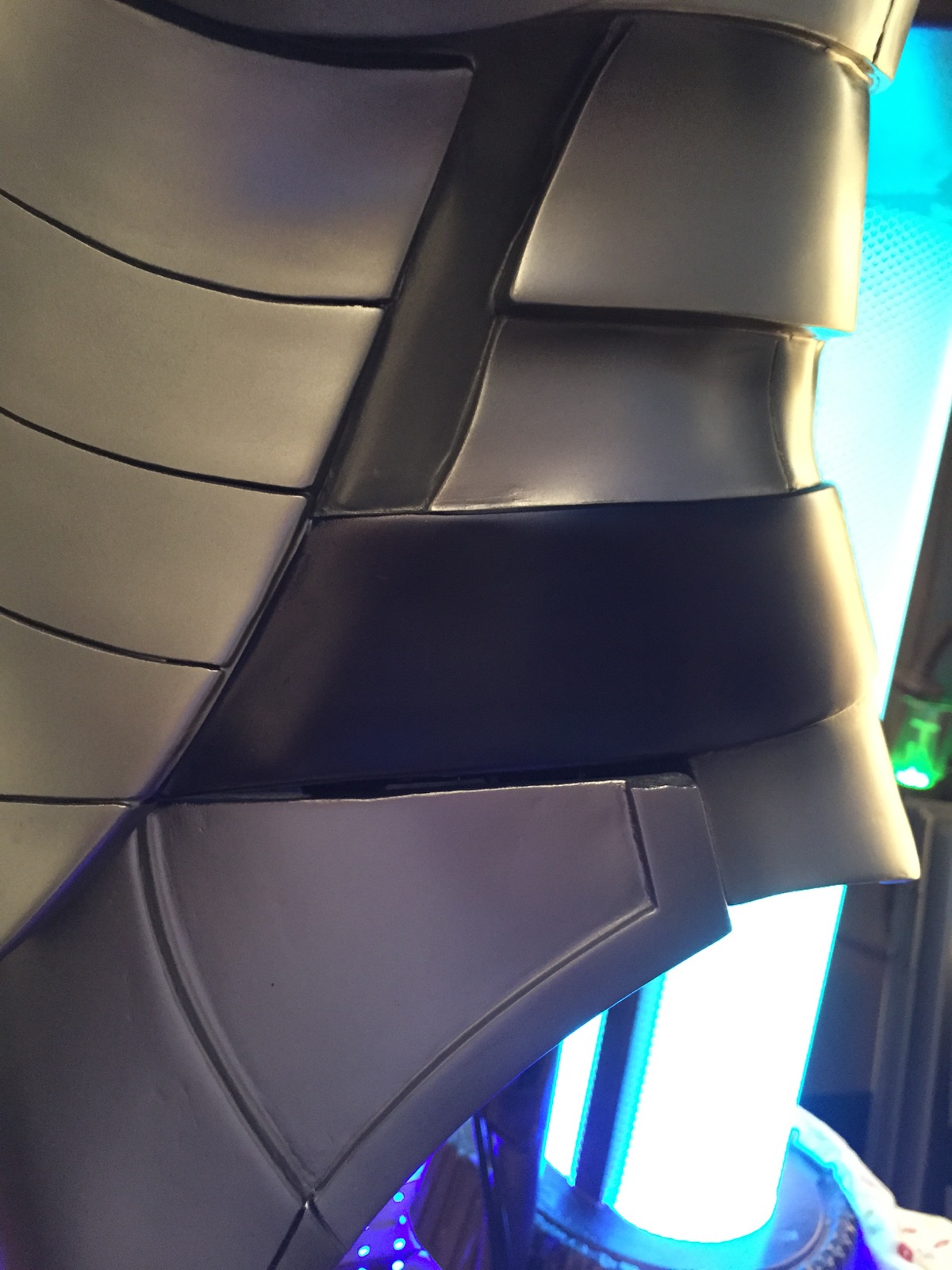"What creates the fog?"
The mini fog machines consists of two modified vape cartomizers. Fish pumps blow the fog through the cartomizer, where it normally would be drawn from sucking.
Each skull has its own machine which I decided was necessary because of placement, ease of installation, overall fog output and redundancy in case one fails. The cartomizers are only meant to run in short bursts 5-10 seconds so this isn't something you can run indefinitely. If it's ran too long the cartomizers will overheat and burn out.
The liquid used in the system is non-toxic fog juice so its a bit heaver looking and lingers more than standard vape emission.
I followed this guide from Valkyrie Studios which has all of the specific information and links you'll need to build your own.
* All of the 3D elements for Frostmourne were created by Vertvixen.
